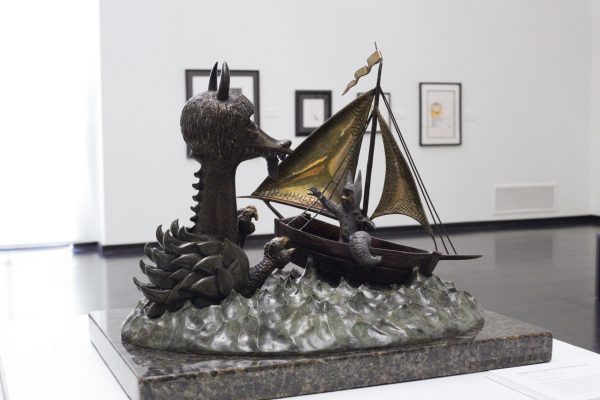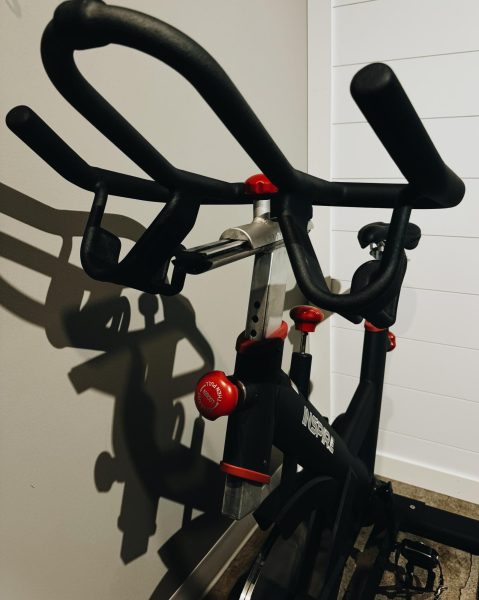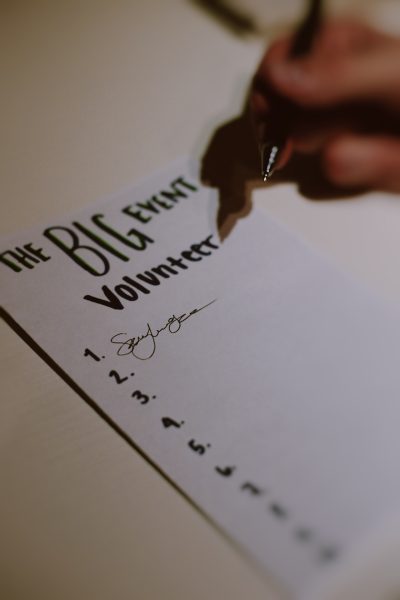Halloween costumes make suggestions about gender roles
Halloween is over. It’s time to sweep up the candy wrappers and put away the fake cobwebs. Now, we get to sit back with cups of steaming hot cider and reminisce on the memories made on that yearly night of mischief.
I don’t know about you, but I had fun. I put together a Velma Dinkley costume from scratch and even tried my hand at dyeing fabric. I spent a little time in the stores, looking at the costumes available to me that would have taken less work. I had the options to be either “Sexy this” or “Really sexy that.” The conversation about objectification and women’s costumes is an old one that I’m sure you’re familiar with, and I wasn’t surprised that all I could find were costumes that, given the amount of skin left showing, would have been very impractical to wear on a North Dakota fall night.
Out of desperation, I did something I’ve never done before. I took a peek in the men’s section. My plans for Halloween involved a haunted corn maze and I needed something to stand up to the chill and the running from masked actors carrying fake chainsaws.
I was surprised. Men’s costumes — at least in retail stores — were no better. They had two choices. Choice number one: be a cultural idol like Captain Jack Sparrow, the Joker or one of those bearded duck dudes. Choice number two: a bad, visual joke, usually sexual in nature. Think “God’s Gift to Women” or a snake charmer with the snake coming from, you guessed it, the crotch of the costume. It had never occurred to me that men’s Halloween costumes were just as bad as women’s. They may not be objectifying, but they say something about the way men are supposed to be viewed. The whole argument behind women’s costumes is that the costumes turn women in to sexual objects designed to give pleasure to the viewer. Men’s costumes don’t do that; instead, they turn men into one of two things — the (unattainable) cultural hero or the sex-crazed idiot.
Here’s the really scary part though. Now that Halloween is over, so is the conversation about the costumes and the resulting societal suggestions about what each gender is supposed to do (never mind that it’s also assuming that there are only two genders).
But now, we don’t have to worry about costumes! We’re back to our normal selves and don’t need to worry about the options women and men have!
See, at least during the Halloween season, it’s easy to see how gender roles affect the way we view men and women (and often forget the other genders out there). Now that it’s over, the roles become, ironically, masked again. We return to normal and no longer think about what “normal” actually is.
It’s not a stretch to say that Halloween costumes reflect society’s expectations when it comes to gender roles. Women are to sit around, looking pretty for men. Men either get to be the masculine hero that saves the day, or the sex crazed nut flaunting his plumage in order to validate his masculinity.
This is true in everyday life as well. Women are still objectified and turned into little better than objects to serve men. Men are still held to unreasonable expectations of masculinity and are expected to be unable to control their sexual natures. Now after the Halloween masks come off, it’s just hidden in the normalcy of our society. “This is who I am and need to be, who am I to question it?” becomes the unspoken mantra after Halloween. We no longer get to play with identity, so we fall back into the societal expectations.
This is not only terrifying to me, but it’s also harmful to everyone. We have become so ingrained in our views of the roles of men and women that it takes a caricature of them to point out the absurdity of our expectations. But now that the costumes are put away, how do we continue to see and talk about society’s attempt to pigeonhole genders?
It’s hard — we are, after all, critiquing ourselves. To keep it a societal norm though, the majority of us have to buy into the idea, even if unconsciously. It’s time to wake up. The week after Halloween is about putting away the decorations and returning to normal life. I propose we keep questioning. What is normal and why is it expected? We can change society into one that accepts all genders as equal and human. It starts with remembering to take off the mask.
Kjerstine Trooien is a staff writer for The Dakota Student. She can be reached at [email protected].






